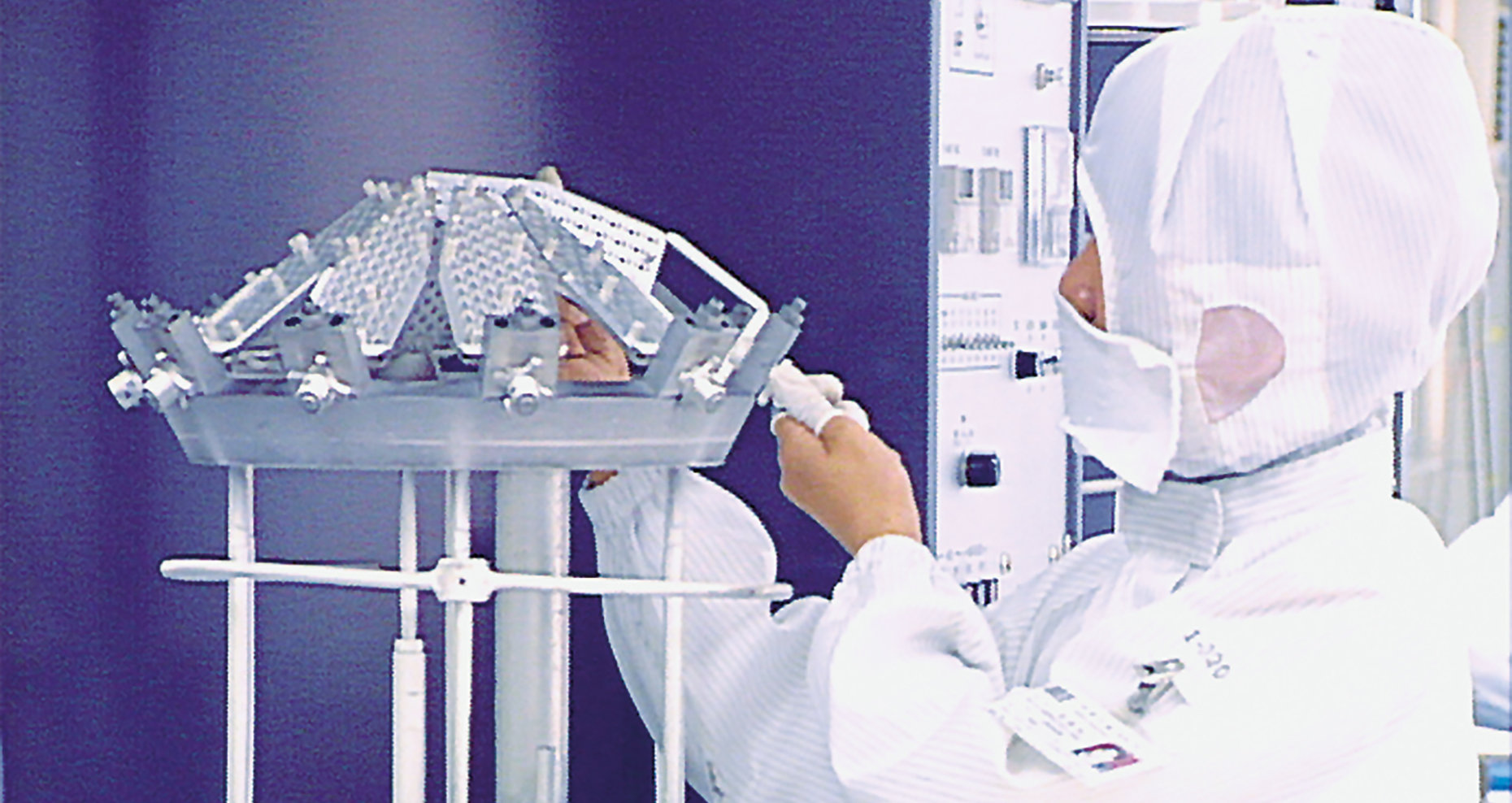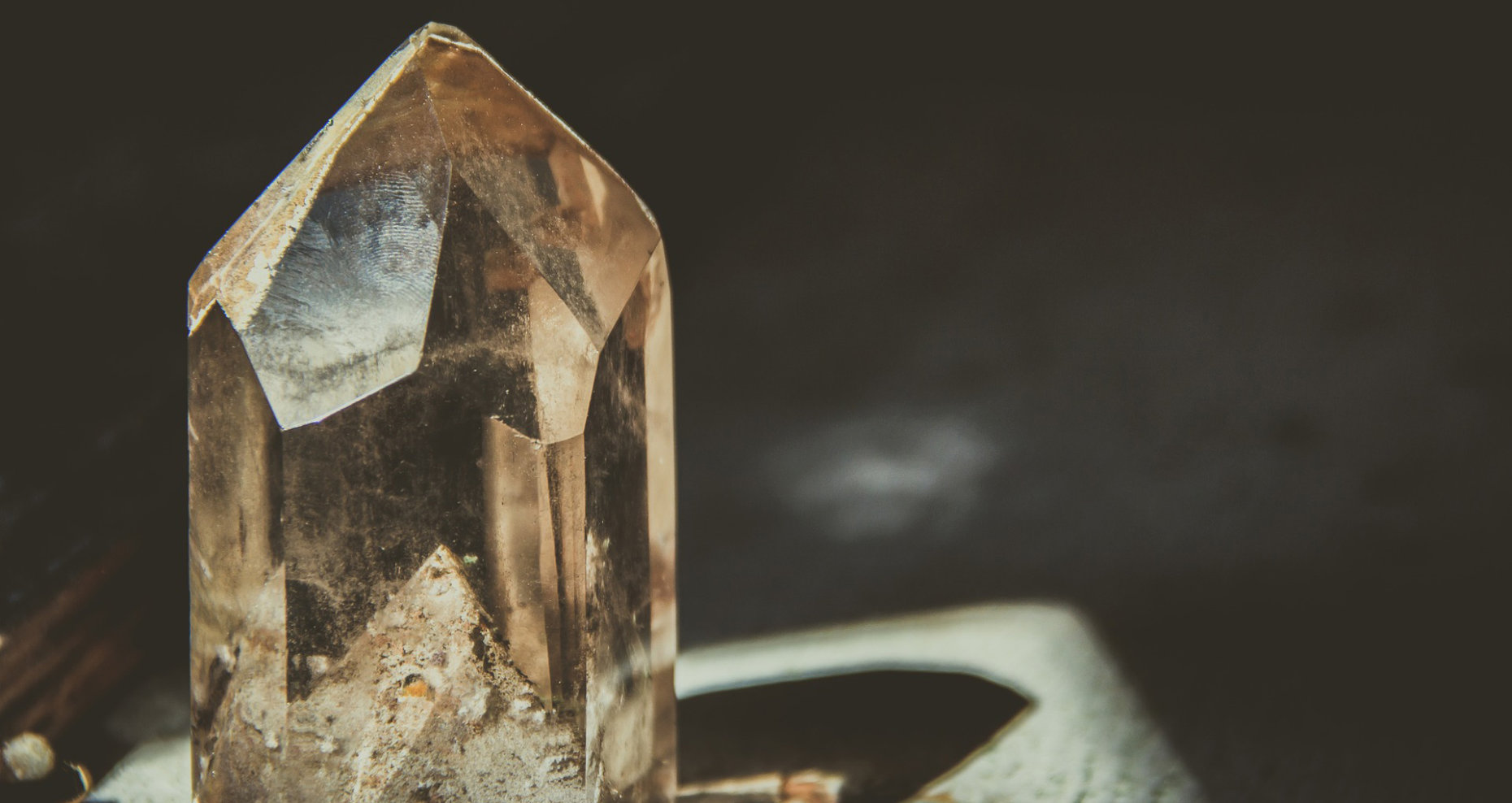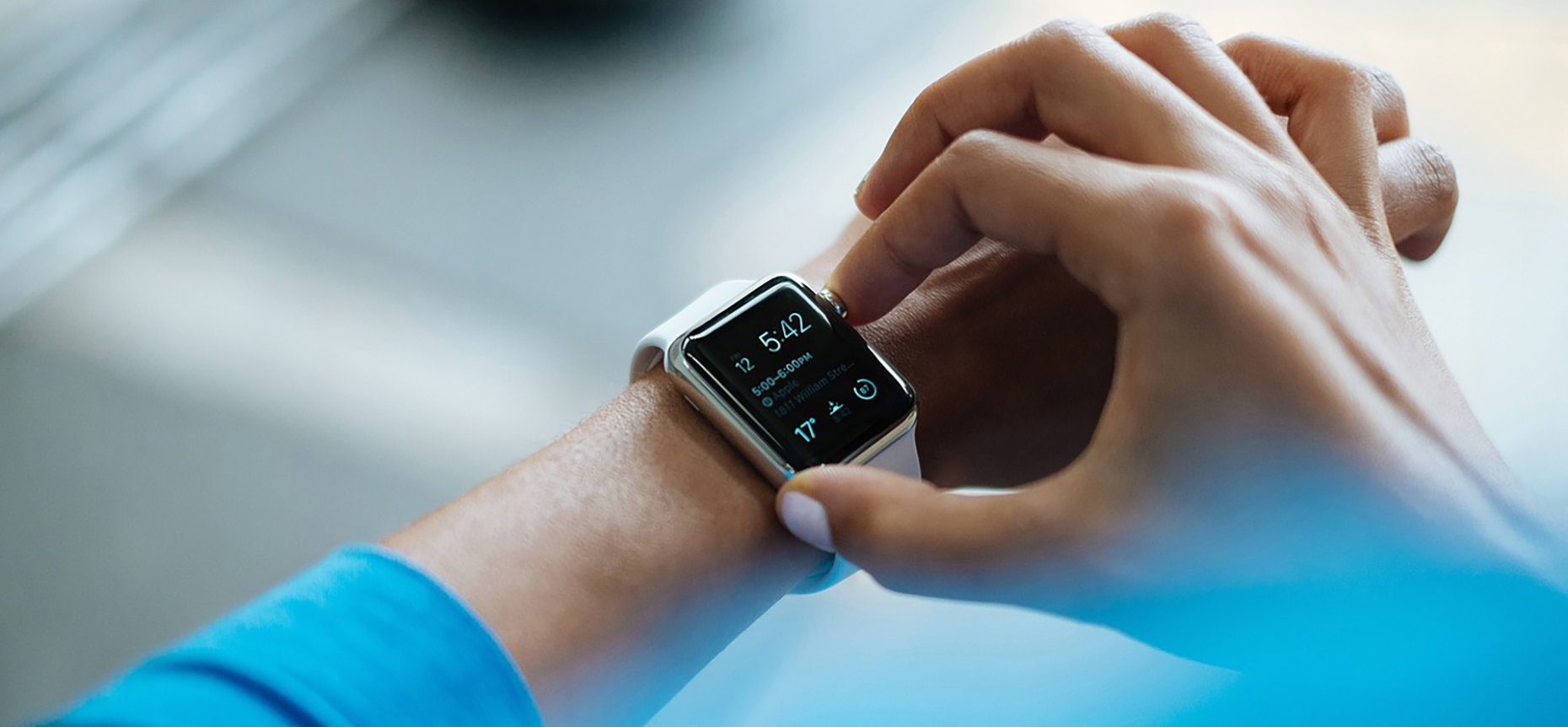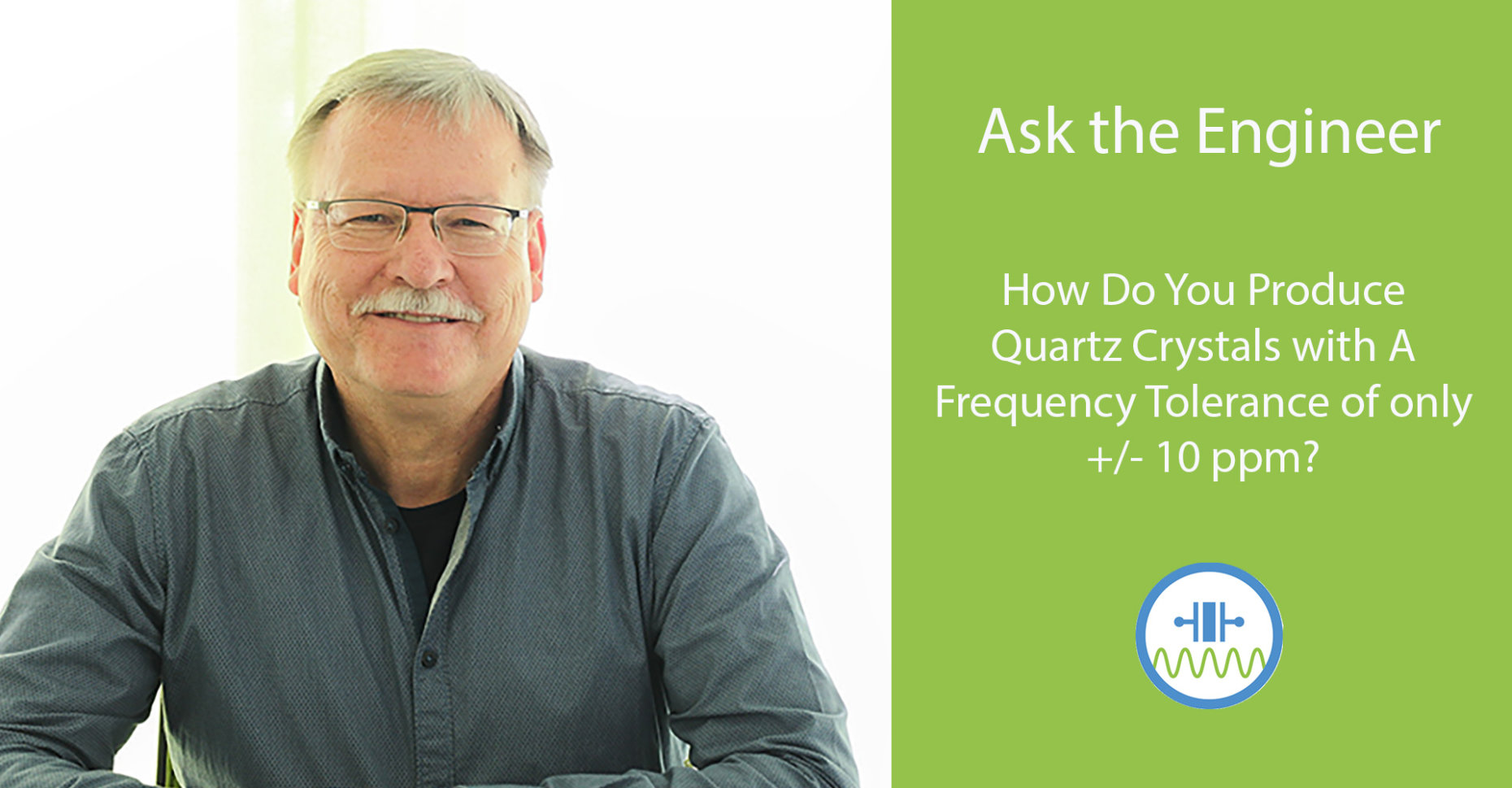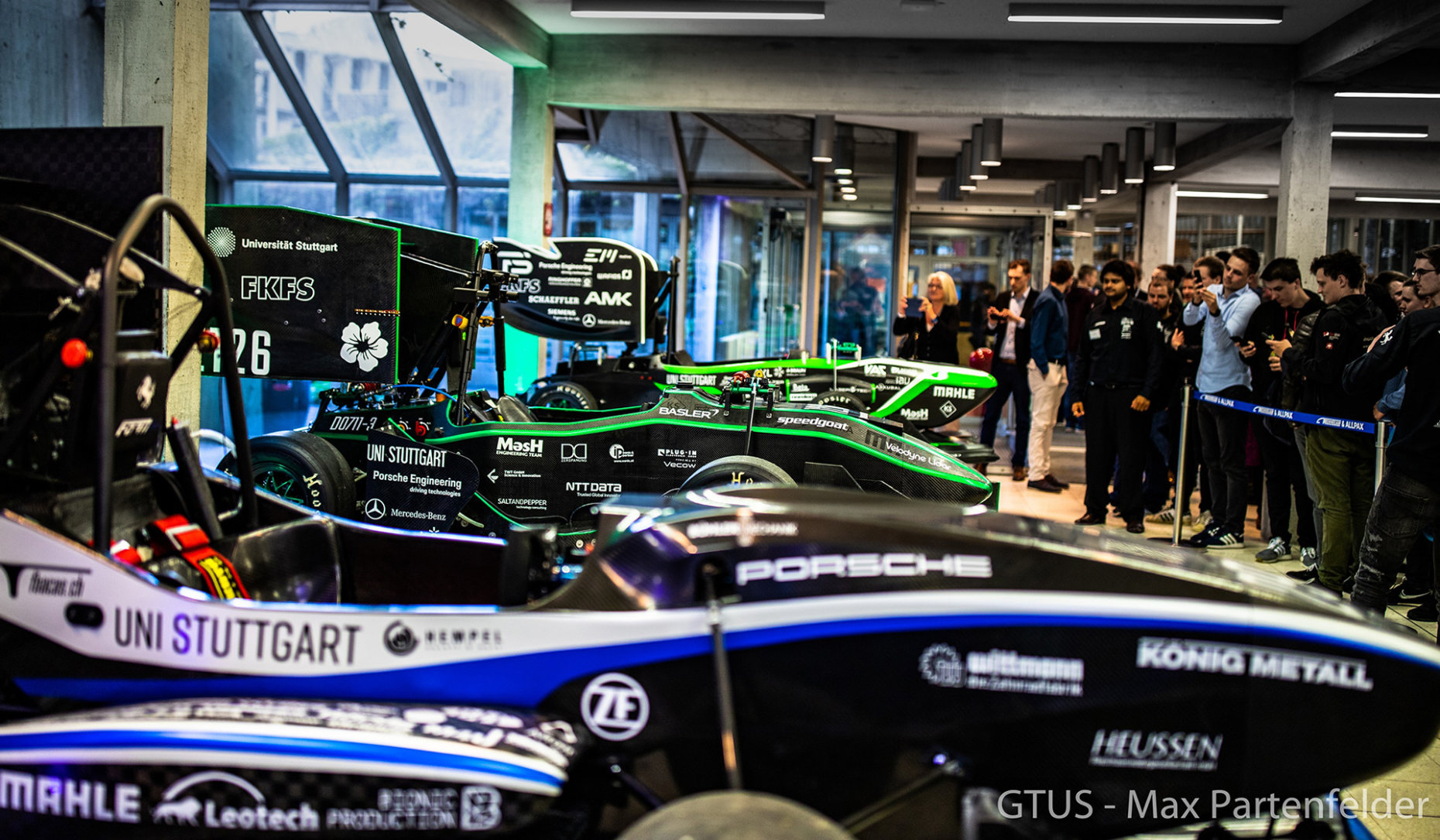The Driving Force in Electronics – A Review of 65 Years of Company History
Like many things that have their roots in the Black Forest, the Jauch Quartz success story begins with clocks and watches: one of the biggest hits of the 1950s, along with wrist watches and longcase clocks, was the alarm clock in a metal case. After all, no one wanted to miss out on the economic
- Published in The Company
It’s All about the Angle – The AT-Cut for Quartz Crystals
Whether medical technology, telecommunications or consumer electronics, quartz crystals have established themselves as a precise frequency generator in all industries. When energized, the thin quartz disc oscillates at a steady rate and thus determines the heartbeat of the application. While this sounds simple, the matter is quite complex because quartz blanks are not all the
- Published in Frequency Control Products
They’re everywhere – Quartz Crystals and Oscillators in Everyday Life
Right at the beginning of this article I have to make a confession: When I joined Jauch’s marketing team almost five months ago, I didn’t have the slightest idea about frequency components. I didn’t know what a quartz was, what it looked like or how it differed from an oscillator. Of course, this has now
- Published in Frequency Control Products
Ask The Engineer: How Are Quartz Crystals with A Frequency Tolerance of only +/- 10 ppm produced?
Basic tone crystals with high frequencies are in great demand, especially for wireless applications in the Internet of Things industry. More and more often we find devices communicating with each other and exchanging data via radio, for example via Bluetooth, ZigBee or ISM. All these radio standards use frequency bands in the three-digit megahertz or
- Published in Frequency Control Products
- 1
- 2


 Deutsch
Deutsch 